Delving into the world of detective films, this curated list brings together stories where tradition plays a pivotal role in unraveling mysteries. From the ancient customs of Japan to the deep-rooted rituals of Native American tribes, these films offer not just a thrilling whodunit but also a rich tapestry of cultural heritage. Whether you're a fan of classic whodunits or modern crime dramas, these films will captivate you with their unique blend of tradition and suspense.
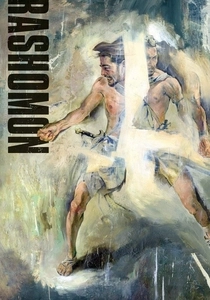
Rashomon (1950)
Description: This film by Akira Kurosawa explores the concept of truth through the lens of Japanese tradition, where four different accounts of a crime are told, each influenced by the cultural norms and personal biases of the time.
Fact: Rashomon was the first Japanese film to win the Golden Lion at the Venice Film Festival, and its narrative structure has influenced countless films and TV shows since.
 Watch Now
Watch Now 
The Hound of the Baskervilles (1959)
Description: Sherlock Holmes investigates the legend of a spectral hound on the moors of Devon, where family traditions and curses intertwine with a real-world mystery.
Fact: This adaptation is considered one of the best screen versions of Sir Arthur Conan Doyle's novel, with Peter Cushing delivering a memorable performance as Holmes.
 Watch Now
Watch Now 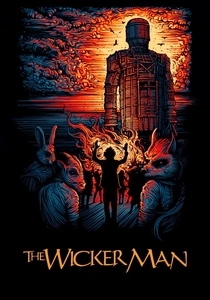
The Wicker Man (1973)
Description: This British horror film involves a police sergeant investigating the disappearance of a young girl on a remote Scottish island, where pagan traditions and rituals play a central role in the unfolding mystery.
Fact: The film was initially a box office flop but has since gained cult status, influencing many horror films with its depiction of folk horror.
 Watch Now
Watch Now 
The Name of the Rose (1986)
Description: A medieval whodunit set in a 14th-century Italian monastery, where a monk investigates a series of murders, uncovering secrets tied to the monastic traditions and the power of knowledge.
Fact: The film was shot in several locations in Italy, including the real monastery of San Miniato al Monte in Florence.
 Watch Now
Watch Now 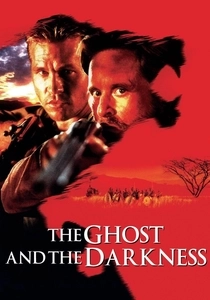
The Ghost and the Darkness (1996)
Description: Set in colonial Kenya, this film delves into the traditions of the local tribes as they face a pair of man-eating lions, blending the mystery of the hunt with the cultural practices of the Maasai people.
Fact: The film is based on the true story of the Tsavo maneaters, and the lions' skulls are on display at the Field Museum of Natural History in Chicago.
 Watch Now
Watch Now 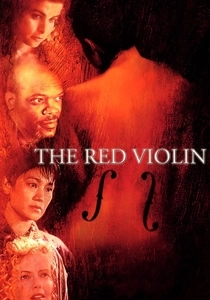
The Red Violin (1998)
Description: This film follows the journey of a violin through centuries, where each owner's story is tied to their cultural traditions, culminating in a detective-like quest to uncover its history.
Fact: The film features a fictional violin, but its story is inspired by real-life instruments like the Stradivarius, and it won the Academy Award for Best Original Score.
 Watch Now
Watch Now 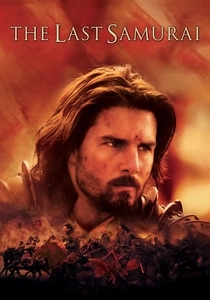
The Last Samurai (2003)
Description: While not strictly a detective film, it involves an American officer who becomes embroiled in the traditions of the samurai, uncovering a plot against the emperor, blending historical drama with elements of mystery.
Fact: The film's depiction of samurai culture and the portrayal of the Battle of Shiroyama are praised for their historical accuracy.
 Watch Now
Watch Now 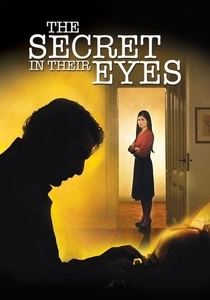
The Secret in Their Eyes (2009)
Description: An Argentine film where a retired legal counselor writes a novel about an unresolved case from his past, exploring themes of justice, memory, and the cultural traditions of Argentina.
Fact: The film won the Academy Award for Best Foreign Language Film, making it the first Argentine film to do so.
 Watch Now
Watch Now 
The Girl with the Dragon Tattoo (2011)
Description: A journalist and a hacker investigate a 40-year-old disappearance, uncovering dark secrets within a wealthy Swedish family, where tradition and legacy play crucial roles.
Fact: The film was adapted from Stieg Larsson's best-selling novel, and its Swedish title, "Män som hatar kvinnor," translates to "Men Who Hate Women."
 Watch Now
Watch Now 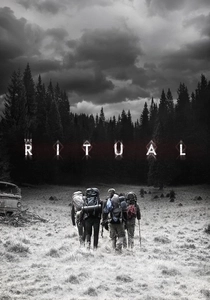
The Ritual (2017)
Description: A group of friends venture into the Swedish wilderness, where ancient traditions and a mysterious entity challenge their survival, mixing horror with the investigation of cultural practices.
Fact: The film was inspired by the novel of the same name by Adam Nevill and explores themes of guilt, friendship, and the supernatural.
 30 Days Free
30 Days Free 








